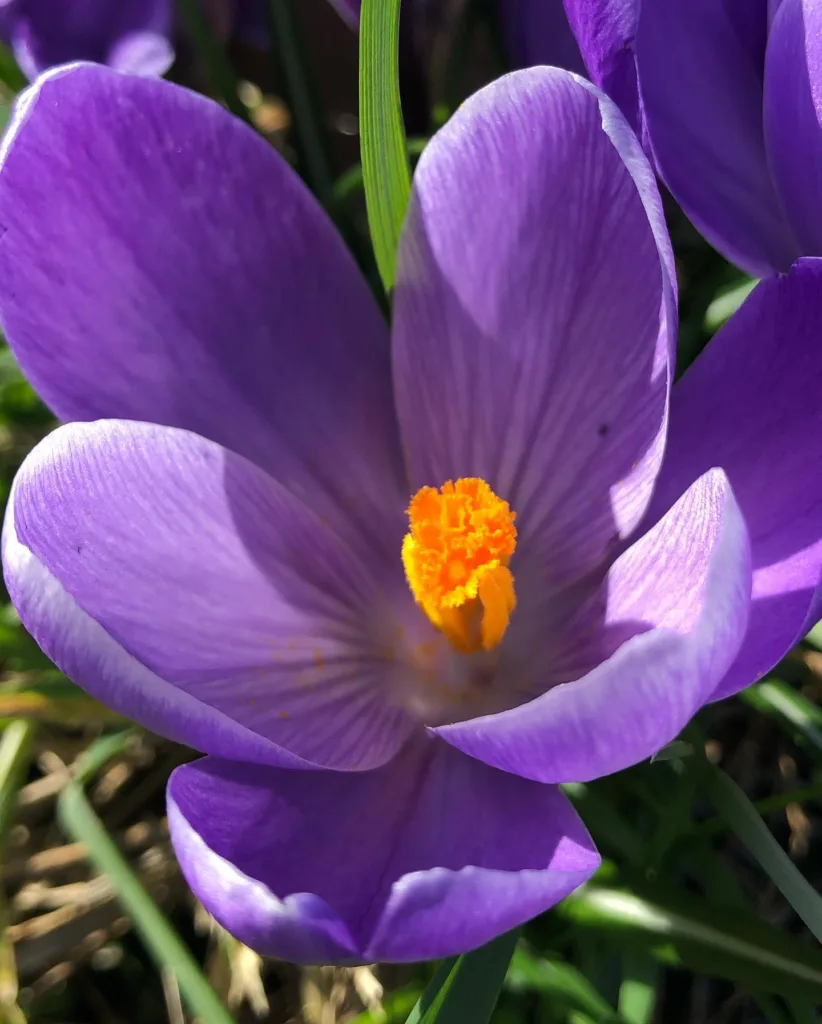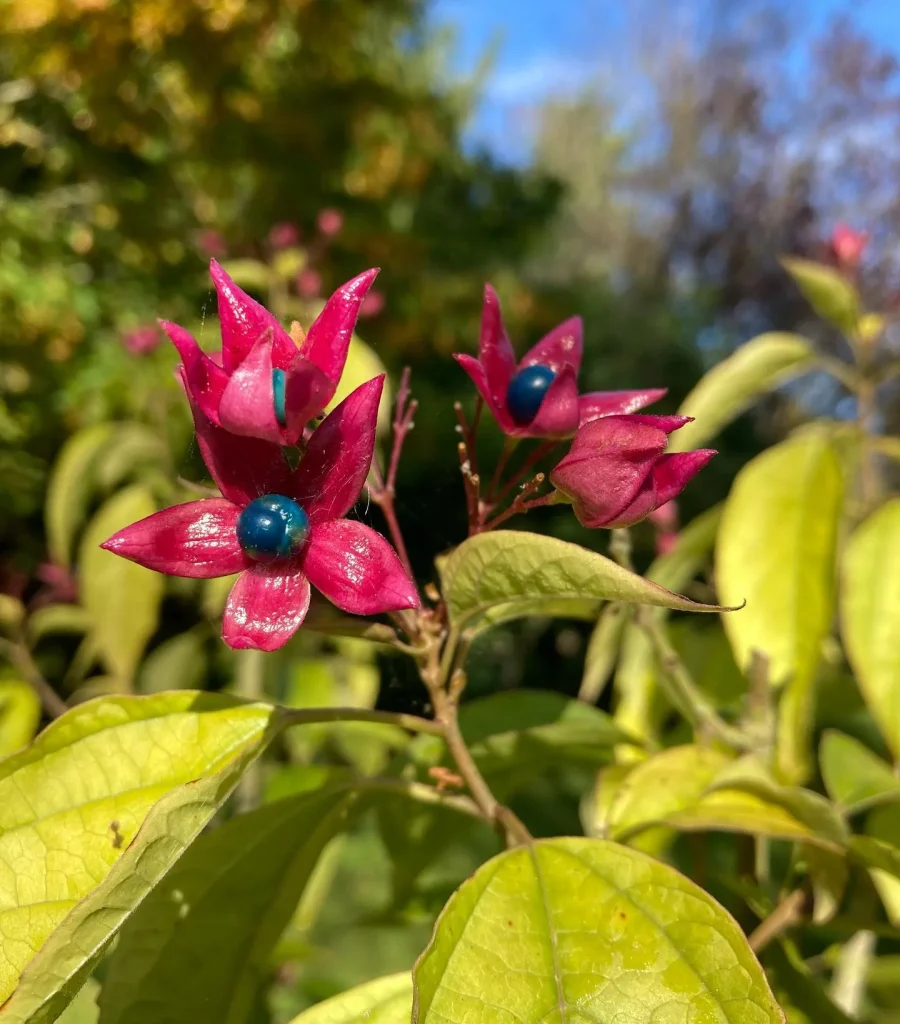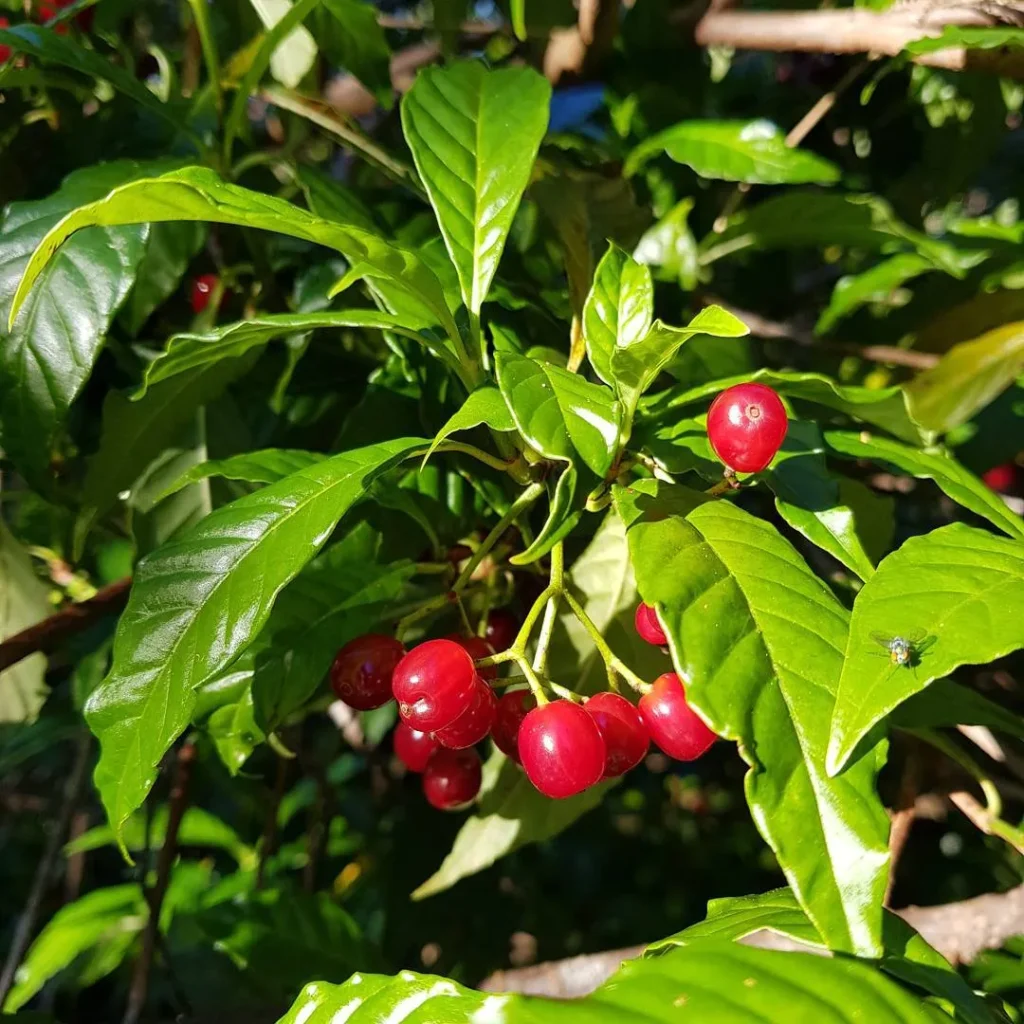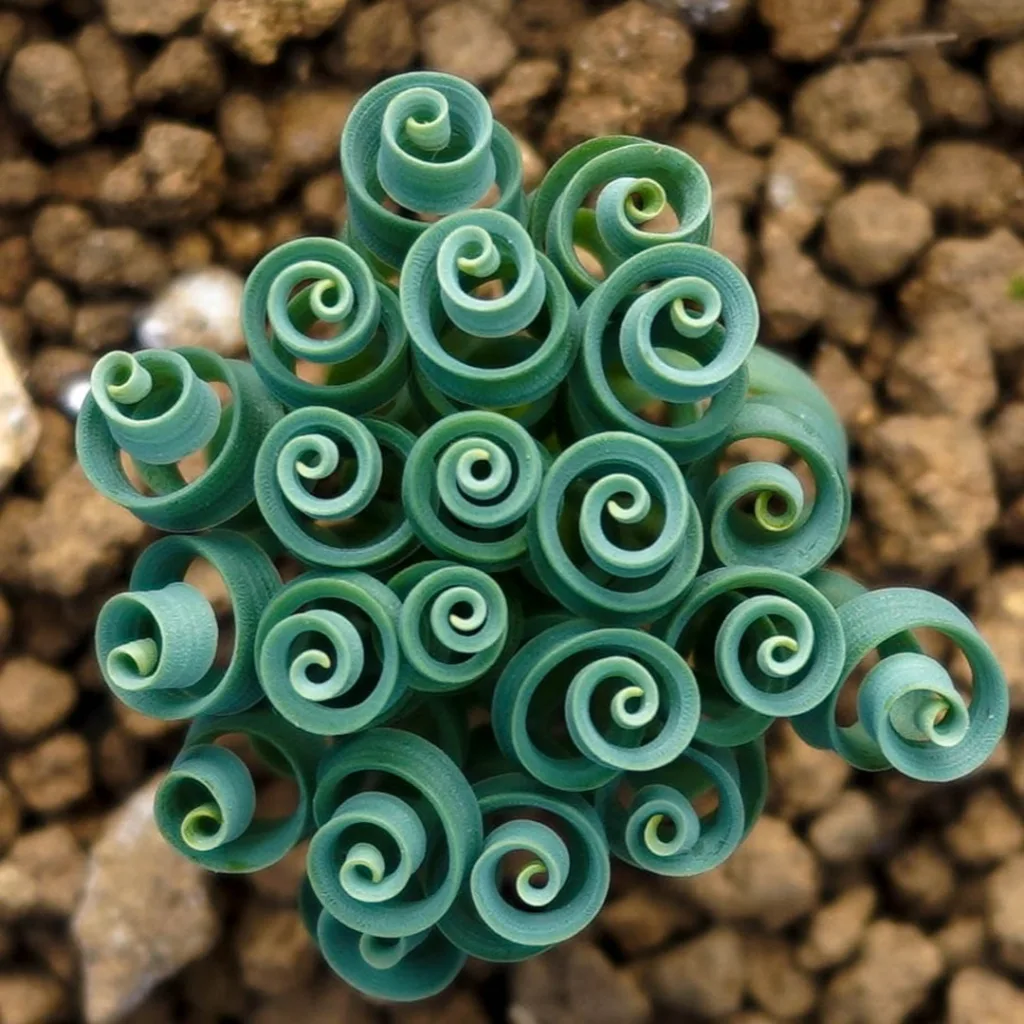Malope: A Gardener’s Delight
I’ve always been drawn to the vibrant colors and delicate textures of flowers. There’s a certain magic in the way they transform a garden, bringing life and joy to any space. Among the many genera I’ve encountered, Malope holds a special place in my heart. With its striking blooms and easy-going nature, it’s a true gardener’s delight.
What is Malope?
Malope is a genus of flowering plants belonging to the Malvaceae family, more commonly known as the mallow family. This family boasts a wide array of stunning plants, including hibiscus, hollyhocks, and cotton. Malope, though lesser known, is no less captivating.
Native to the Mediterranean region, Malope is comprised of 4 recognized species:
- Malope anatolica: Native to Turkey, Malope anatolica is an eye-catching annual known for its delicate, cup-shaped flowers in shades of soft pink, lavender, or purple, which attract a range of pollinators. Its leaves are generally lobed and have a slight downy texture, lending a soft appearance to the plant. It thrives in sunny, well-drained environments and is often used as an ornamental addition in Mediterranean-style gardens for its subtle, natural beauty and resilience to dry conditions.
- Malope malacoides: This is a vibrant species with a sprawling, bushy habit that is commonly found in North Africa and parts of southern Europe. Its large, funnel-shaped flowers, which come in shades of pink or magenta, are strikingly beautiful and have a long blooming period, making Malope malacoides a popular choice for flower gardens. It does well in sunny spots with well-drained soil, and its hardy, low-maintenance nature makes it suitable for cottage or meadow gardens where it can freely self-seed.
- Malope rhodoleuca: Known for its large, creamy white or pale greenish flowers, Malope rhodoleuca is a unique species that stands out for its delicate, pastel coloring. This plant is native to the Mediterranean region and grows best in full sun, where it can bring a touch of elegance to garden borders. While somewhat less common than other Malope species, its subtle flowers attract pollinators and add a soothing presence to mixed plantings or wildflower gardens.
- Malope trifida: A favorite in cottage gardens and wildflower beds, Malope trifida is known for its showy, hibiscus-like flowers in shades of pink, purple, or white. Native to southwestern Europe, this annual grows tall and is easy to cultivate, thriving in sunny, well-drained areas. Malope trifida is also appreciated for its long blooming season, which keeps the garden lively and colorful throughout the summer. Its vibrant flowers and upright growth habit make it a versatile option for both formal and informal garden designs.
Why I Love Malope
My fascination with Malope stems from its unique blend of beauty and resilience. The flowers are simply stunning, resembling oversized hibiscus blooms with their five overlapping petals and prominent central stamen. They have a delicate, almost translucent quality, and their colors are incredibly vibrant.
But it’s not just their beauty that I admire. Malope plants are also remarkably easy to grow. They thrive in full sun and well-drained soil, and they’re relatively drought-tolerant once established. They’re also not particularly fussy about soil type, making them adaptable to various garden conditions.
Another reason I appreciate Malope is its versatility. The plants can be grown in a variety of settings, from borders and beds to containers and cottage gardens. Their tall, slender stems make them excellent cut flowers, adding a touch of elegance to any bouquet.
Growing Malope: My Tips and Tricks
Over the years, I’ve learned a few things about growing Malope successfully. Here are some tips and tricks I’ve picked up along the way:
- Sowing: Malope seeds can be sown directly outdoors in spring after the last frost. Alternatively, you can start them indoors a few weeks earlier for an earlier bloom.
- Spacing: When planting, space the seedlings about 12-18 inches apart to give them ample room to grow.
- Watering: Water regularly, especially during dry spells, but avoid overwatering, as this can lead to root rot.
- Deadheading: Regularly remove faded blooms to encourage more flowers and prolong the blooming season.
- Support: Taller varieties may benefit from staking to prevent them from flopping over.
Malope: A Symbol of Resilience
For me, Malope represents more than just a beautiful flower. It’s a symbol of resilience, adaptability, and the enduring power of nature. Despite its delicate appearance, it’s a tough plant that can withstand harsh conditions and still produce stunning blooms.
In a world that often feels chaotic and unpredictable, Malope serves as a reminder that beauty can thrive even in the face of adversity. It’s a testament to the enduring spirit of nature and a source of inspiration for us all.
If i die, water my plants!



